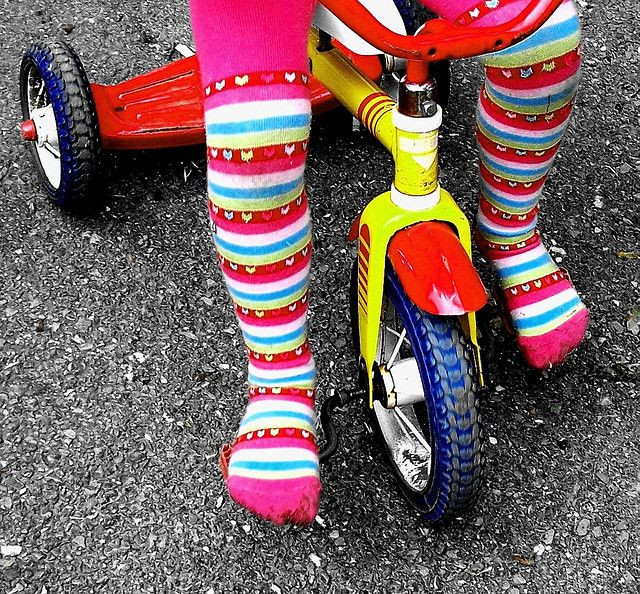Tricycle Injury Review Highlights Need For Helmets And Elbow Pads

(Reuters Health) - Tricycle injuries often involve head wounds, elbow fractures or other upper body damage, according to a U.S. study that suggests more children may need helmets, elbow pads and closer supervision while they ride.
Lacerations were the most common type of injury and just 2.4 percent of tricycle accidents that landed children in emergency departments were serious enough to require a hospital admission, researchers estimated based on two years of data.
But in an indication that some kids might need more or better quality protective gear, researchers also estimated that about 30 percent of injuries were to the head and another 8 percent involved the elbow, noted lead study author Sean Bandzar.
“Head injuries in particular are very common with any kind of moving toy and that’s why we recommend helmets, and based on our findings I would also encourage parents to have kids wear elbow pads,” said Bandzar, a researcher at the Medical College of Georgia in Augusta.
To assess the types of injuries linked to tricycle rides, Bandzar and colleagues analyzed data from the National Electronic Injury Surveillance System, which included a representative sample of about 100 hospitals.
Based on the 328 tricycle injuries reported by participating hospitals in 2012 and 2013, researchers estimated that there were about 9,340 injuries nationwide during the two-year study period.
The total included 2,767 injuries to the head and 767 at the elbow, as well as 1,880 accidents damaging the face, 954 hurting the mouth and 483 harming the lower arms, researchers estimated.
On average, the injured children were about three years old, and patients between the ages of one and two years represented slightly more than half of the cases, the study found.
Boys accounted for almost two-thirds of the accidents.
And, in an indication that safety is important even on short rides or trips that don’t extend beyond the yard or driveway, about 72 percent of the injuries with data on the accident location happened at home.
One shortcoming of the study, the authors acknowledge in the journal Pediatrics, is that researchers lacked data on how accidents happened, whether kids wore helmets or other protective gear, what types of tricycles children rode and whether adults were present.
It’s also possible that the study didn’t have data on enough accidents to draw broad conclusions about tricycle injuries nationwide, said Dr. Gary Smith, president of the Child Injury Prevention Alliance and a professor of Pediatrics, Emergency Medicine and Epidemiology at The Ohio State University in Columbus.
“Tricycles are safe, especially if a few simple steps are taken to prevent injuries,” Smith, who wasn’t involved in the study, said by email.
Children should always wear helmets any time they are on wheels above a hard surface – including tricycles, skateboards, scooters, skates and bicycles, Smith said. Tricycle riders in particular should only ride in areas separated from cars, and when parents can keep a close eye on them.
“Tricycles are somewhat riskier than other toys children use but that doesn’t mean they are highly risky toys,” said David Schwebel, a researcher at the University of Alabama at Birmingham.
While Schwebel, who wasn’t involved in the study, echoed the need for parental supervision, he also stressed that tricycles can be good for kids.
“Tricycles are valuable tools to help children develop critical gross motor skills like balance, coordination and strength,” Schwebel said by email. “Any tricycle, when used carefully in a supervised situation, is likely to be a positive activity for children.”
SOURCE: http://bit.ly/1J7L71o Pediatrics, online September 14, 2015.
Published by Medicaldaily.com



























